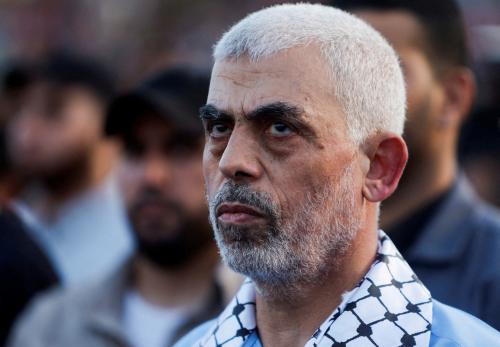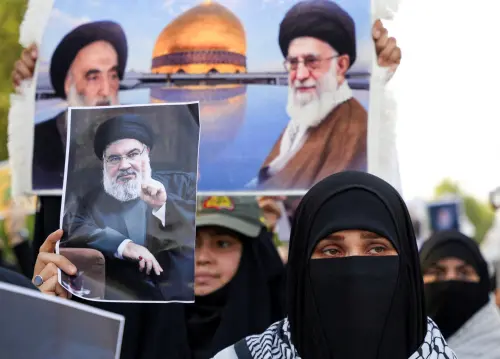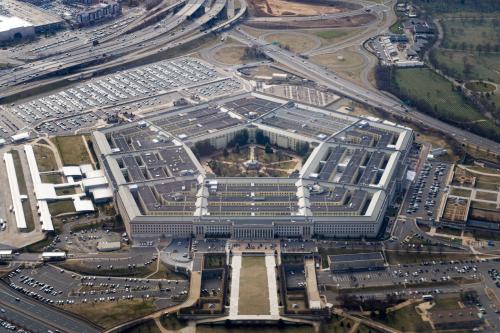Osama bin Laden’s death is a severe blow to al Qaeda–but not its end. His death answers some key questions about the terror cell and Pakistan, but leaves some even more perplexing ones still open.
First, congratulations to President Obama and the CIA. From the very start of his administration he ordered an intense focus on al Qaeda and its leader. The trail had long gone cold due largely to the diversion of critical resources to Iraq back in 2002 and 2003. Obama rightly promised to focus on Pakistan, the center of the global jihad and the most dangerous country in the world, and his efforts have now paid off.
Many had questioned whether bin Laden was still alive almost ten years after 9/11. But there was never really any doubt. By eluding justice after his first attacks on America in 1998, bin Laden created a mystique of invulnerability. He remained not just a symbol of al Qaeda’s continuing threat but a real leader, issuing strategic direction and propaganda.
His death weakens al Qaeda’s cohesion and its image of being beyond the reach of America. It comes after two years of intense pressure on the group and its allies in Pakistan and Afghanistan from American drones in the skies as well as NATO boots on the ground in Afghanistan. Key lieutenants like his operational commander in Afghanistan, a fellow Saudi named Abdul Ghani, have been tracked down and killed just this spring. The pressure was designed to weaken al Qaeda’s operational tempo, disrupting its routines. The strategy has worked. Presumably his hideout deep in Pakistan also contained clues and data that will help further dismantle al Qaeda’s core.
But the terror cell has always known bin Laden was at risk and it has devolved much authority to his deputy, the Egyptian Ayman Zawahiri, and to others. Zawahiri has been the public face of al Qaeda for years. Just this year he has released five audio messages focused on the Arab spring (he put out only four in all of last year). Bin Laden in contrast was silent about the wave of revolutions in Arabia. The New Mexico born Yemeni Anwar Awlaki has emerged as another operational and propaganda hub with his on line English language magazine Inspire and his al Qaeda Yemen cell has tried to attack Detroit and Chicago already. We can expect effusive memorials from them to their fallen”martyr.”
And we should expect the threat of more al Qaeda attacks to remain real. This weekend, several terrorists linked to al Qaeda were arrested for plotting an attack in Germany. Last week, the group’s Maghreb affiliate struck in Morocco, killing Western tourists.
Obama was right to call his Pakistani counterpart, Asif Ali Zardari, to thank him for help in the chase. Zardari’s wife Benazir Bhutto was murdered by al Qaeda in 2007; the death of the country’s most popular and capable leader was perhaps the group’s biggest triumph since 9/11. Pakistan has yet to recover from her demise. Al Qaeda has been focused like a laser beam on Pakistan for the last decade. It rightly judges Pakistan to be both uniquely vulnerable in the Islamic world to jihadism and equipped with the ultimate strategic prize, the fastest growing nuclear arsenal in the world. With allies like the Taliban and Lashkar-e-Taiba, al Qaeda will remain a threat to Pakistan’s nascent democracy and to peace in the Indian subcontinent.
Obama should schedule an early Zardari visit to Washington and his own visit later this year to Pakistan to signal our support for democratic forces there. We also now know what many long suspected: that Bin Laden was not hiding in Pakistan’s tribal wastelands, but rather in its heartland. He was killed in Abbotabad, the home town of Pakistan’s first military dictator, Ayub Khan, just thirty miles from the capital Islamabad. This raises the question: who helped him all these years hide in-country? He was not alone in al Qaeda in hiding out in Pakistan’s towns and cities. Khalid Shaykh Muhammad and Abu Zubayda, two key al Qaeda operatives, were caught in Pakistan’s urban centers. Mullah Omar, bin Laden’s Afghan Taliban partner (and the man he swore loyalty to even in the last few years) has long been thought to be hiding in Pakistan’s mega- port of Karachi. Secretary of State Hillary Clinton has often publicly said she suspected some in the Pakistani establishment knew where to find bin Laden. She raised the right question. It remains a good one.
Al Qaeda long ago became more than a terror group. It is an idea, the concept of global jihad against America. It has an elaborate narrative to justify murder. But Bin Laden was caught off guard by the Tunisian and Egyptian revolutions this winter and the wave of turmoil that has followed them. These popular uprisings challenged his whole worldview that terror and jihad were the only way to free Islam of its dictators and of what he called “Crusader-Zionist oppression.” The triumph of freedom in Tahrir Square was a blow to al Qaeda—a sign that aside from in Pakistan and Yemen, the group seemed increasingly marginalized. NATO is now fighting to free Libya, not to occupy it. Whether al Qaeda can adapt to the new Arab renaissance is an open question. Bin Laden won’t be able to answer it. Can his heirs?



Commentary
Op-edWho Was Hiding Osama bin Laden?
May 2, 2011